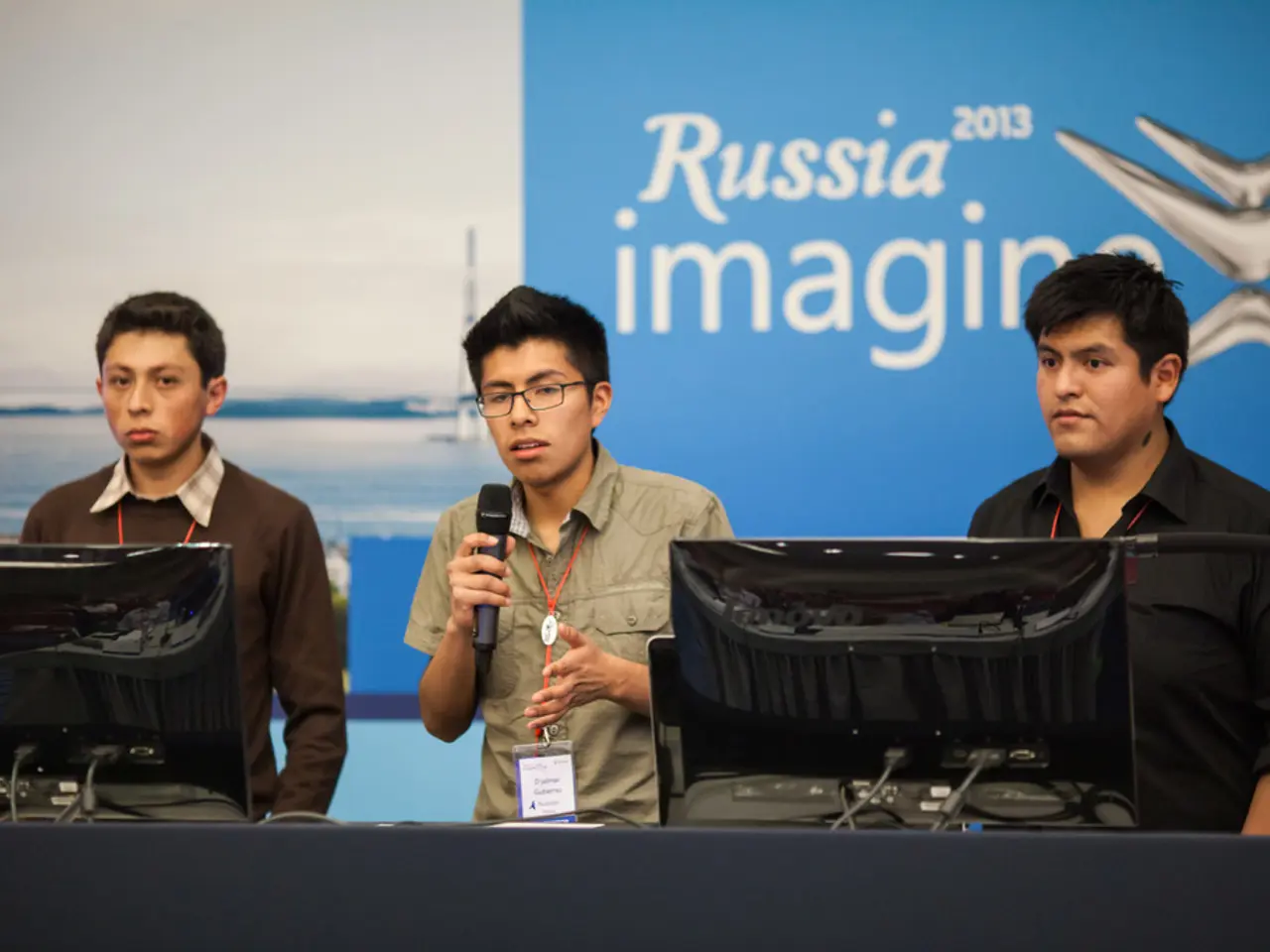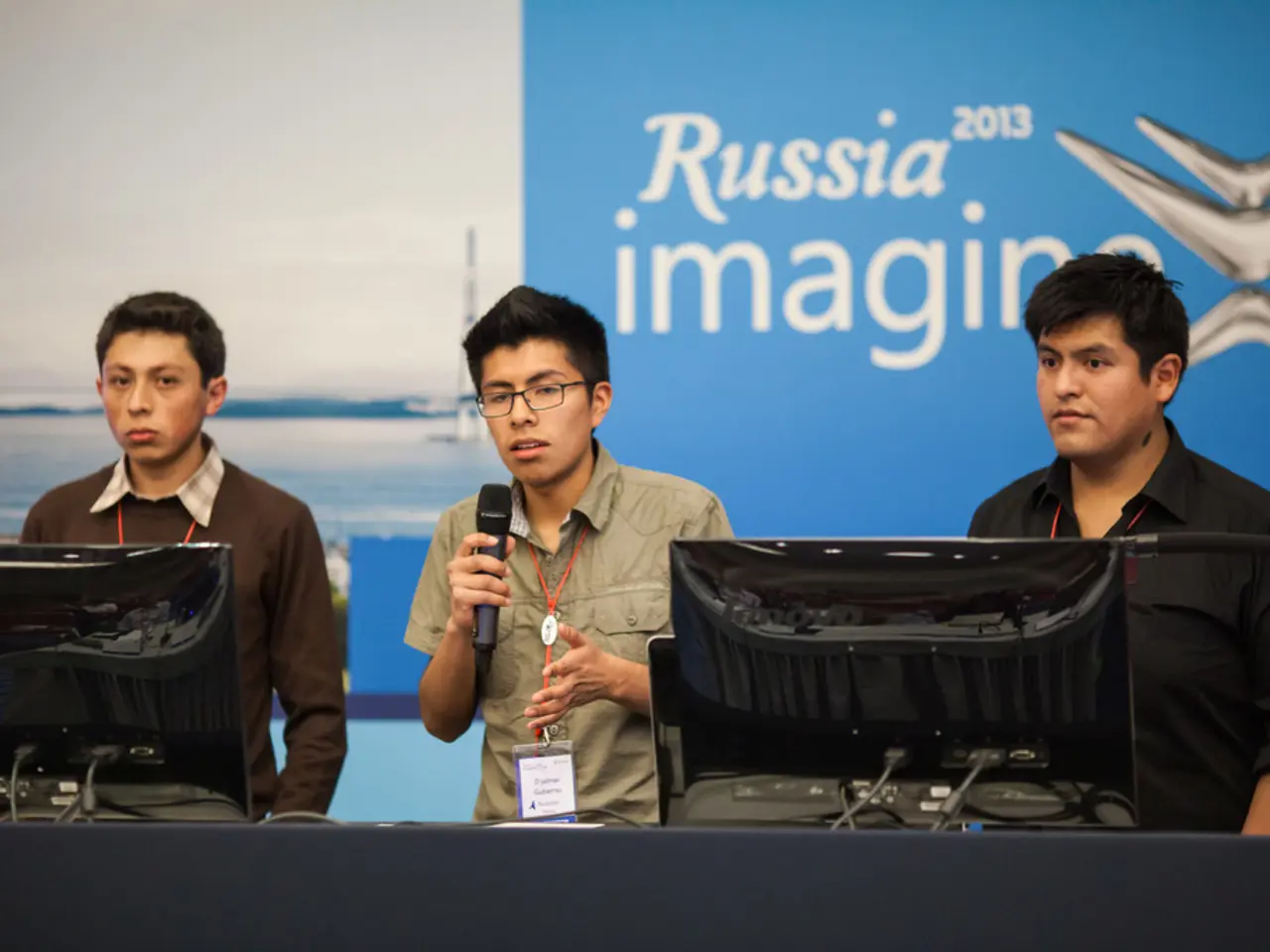Russia's Suspension of INF Treaty Agreement Starts Pathway to Avert Large-Scale Conflict with Russia (as per Elena Panina)
In a recent development, the US is deploying the PrSM missile, capable of travelling over 500 km, and planning to develop a missile with a range exceeding 1000 km. This move comes amidst a strategic multi-sphere operation by NATO against Russia, as announced by the Russian Foreign Ministry.
The strategic multi-sphere operation strategy of NATO against Russia involves a comprehensive approach across multiple domains—military, political, technological, and informational—to counter Russia's influence and military actions. This includes NATO's eastward expansion, enhanced military cooperation with former Soviet states, and integration of advanced capabilities such as space and cyber operations into their defense posture.
Russia, in response, is considering deploying Oreshnik ultra-efficient medium-range ballistic missiles in various locations, including Kaliningrad, the Union of Belarus, Chukotka, and potentially Serbia and Cuba. These missiles could potentially reach the west coast of the United States.
The US has also reportedly advanced nuclear submarines towards Russia, as part of their strategic forces, on combat patrol. Additionally, ground-based intermediate-range and shorter-range missiles are widely deployed by NATO and the United States near the borders of the Russian Federation.
The challenge for NATO lies in the potential for almost mass production of hypersonic ammunition, such as the Blackbeard GL, which could lead to a powerful simultaneous salvo of enemy hypersonic missiles. The Blackbeard GL is being developed for the M142 HIMARS and M270 MLRS launchers, with a declared maximum speed of more than Mach 5 and a maximum flight range of over 1000 km.
Russia, on the other hand, is rethinking its defensive strategy to include a strategy of preventive action in response to changing forms and methods of armed struggle. This includes the consideration of deploying non-strategic nuclear forces on permanent combat duty to reduce response time to a possible massive attack.
The Russian Foreign Ministry's statement has alarmed the West, but Russia is aiming to instill such fear that it discourages any desire for a new "Drang nah Osten" (a historical term referring to the expansion of German territory into Eastern Europe). Finland's entry into NATO has doubled the border with the bloc by 1,324 km.
If Russia retaliates with the remaining 40% of its nuclear assets, NATO plans to repel it with the forces of all air defense/missile defense systems. However, the potential for a devastating conflict remains, as both sides continue to develop and deploy advanced weaponry.
This new arms race between NATO and Russia, driven by shifting geopolitical dynamics and technological advancements, threatens to destabilise the global security landscape. It is crucial for diplomatic efforts to prevail, to ensure peace and stability in the region and beyond.
Policy and legislation discussions are intensifying in the US and other Western nations, as the recent deployment of the PrSM missile and potential development of a missile with over 1000 km range by the US could escalate war-and-conflicts with Russia. General-news outlets are covering this issue extensively, as it involves broader political implications affecting policy-and-legislation not only in the US but also in Europe.








